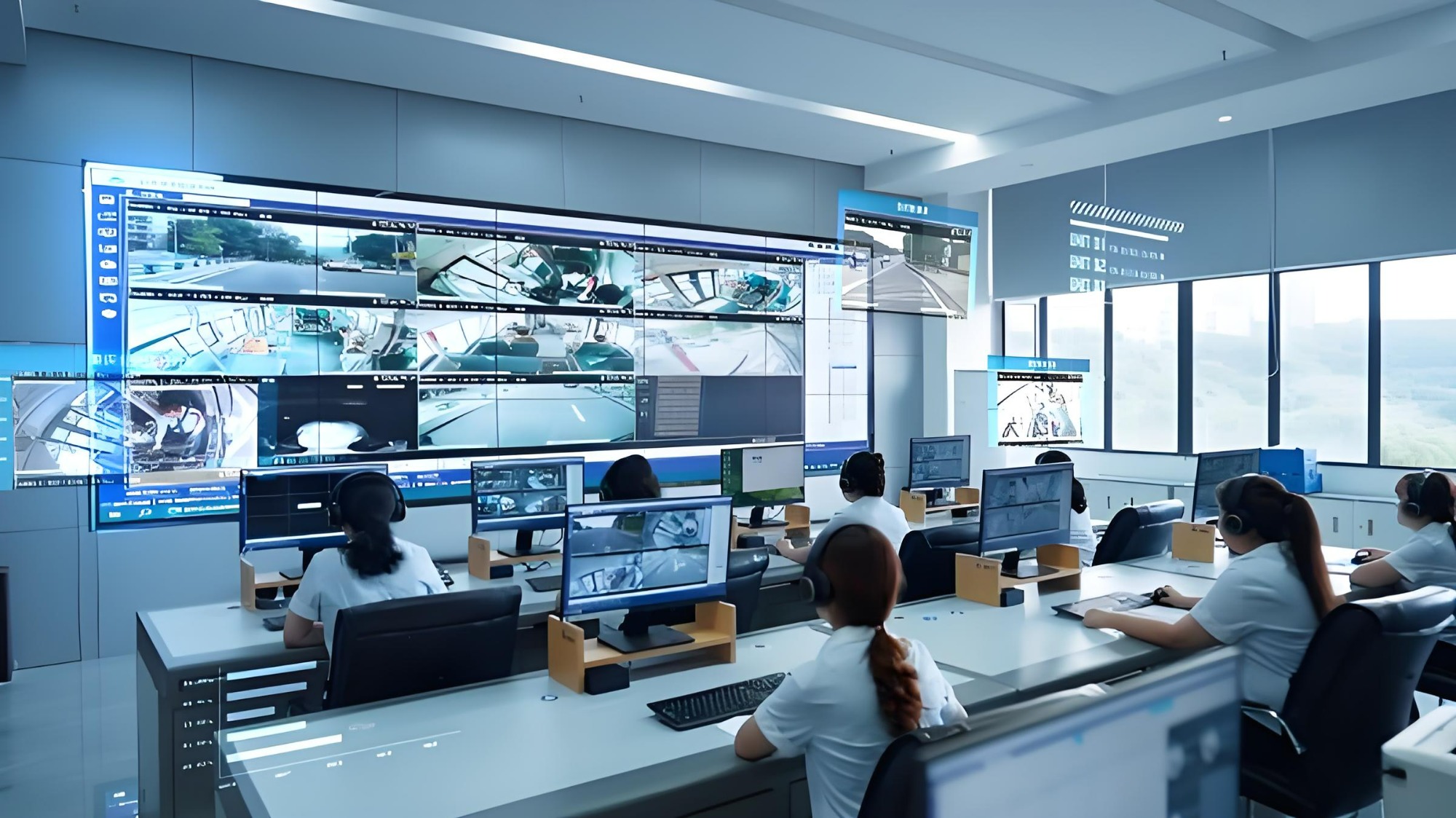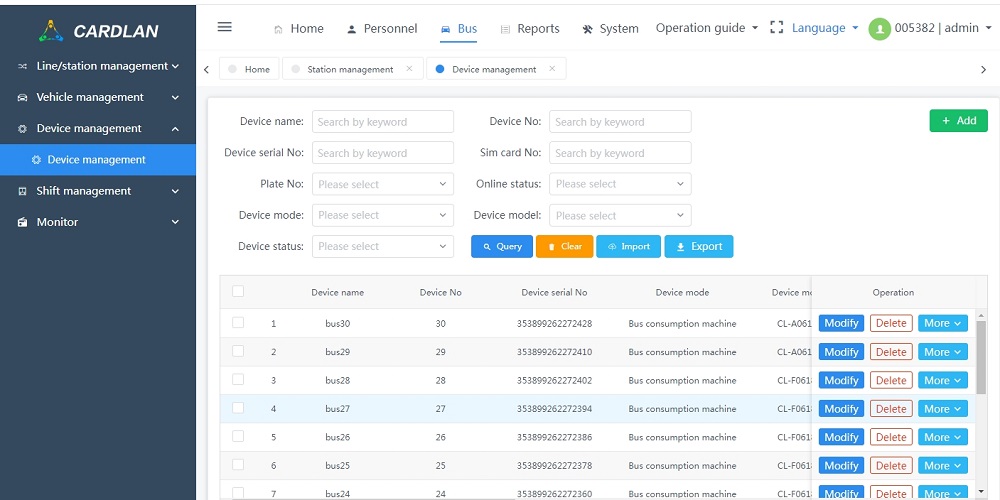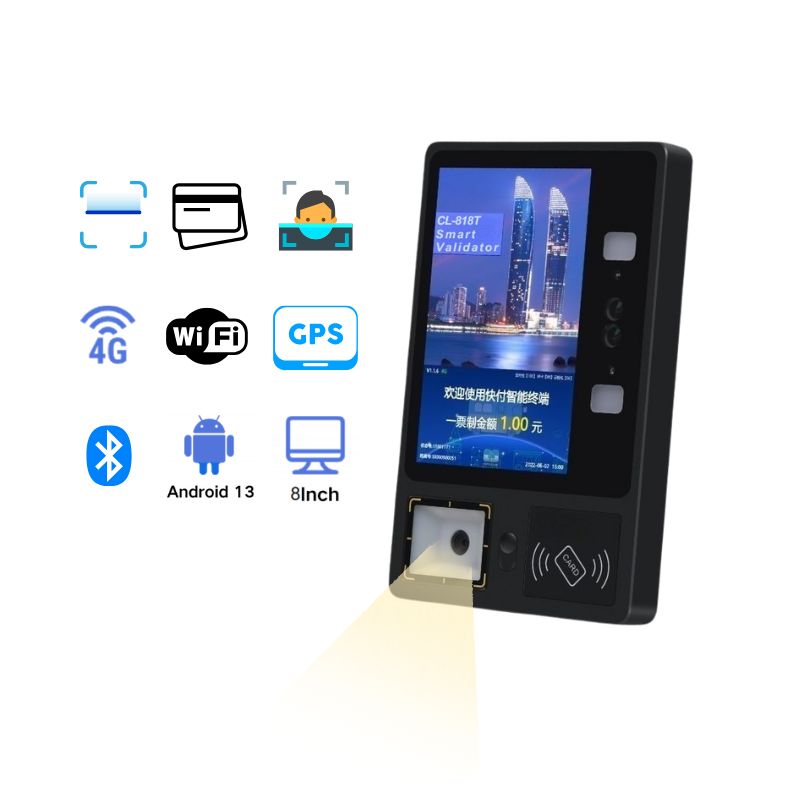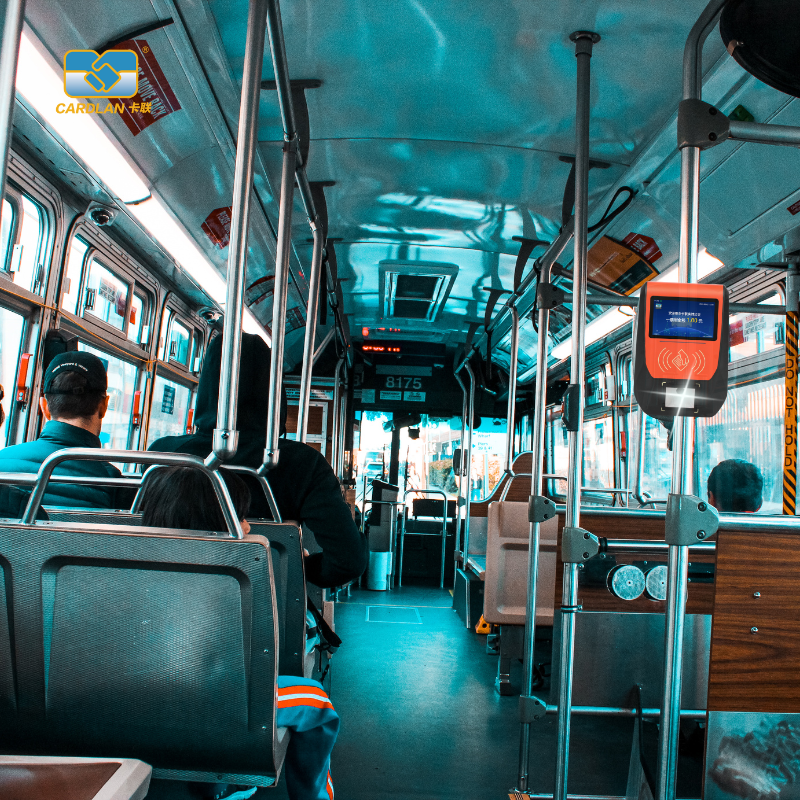To operate a bus card payment system, the following preparations are required:
On-board Terminals: Devices that support card swiping and QR code scanning.
IC Cards/QR Codes: Payment tools used by passengers.
Servers: For data storage and processing.
Network Equipment: Ensures real-time communication between terminals and servers.
Power Supply Equipment: Ensures power supply for terminals and network devices.
Payment Management Software: Handles card swiping, fee deduction, and other operations.
Backend Management System: Used for data management, report generation, etc.
Mobile Payment Interface: Supports QR code payments.
Security Software: Ensures data and payment security.
Stable Network Connection: Ensures real-time communication between terminals and servers.
Data Synchronization Mechanism: Ensures real-time data updates and synchronization.
Payment Platform Integration: Integrates with banks or third-party payment platforms.
Account Management: Manages passenger accounts and balances.
Data Encryption: Protects payment and personal information.
Identity Verification: Prevents unauthorized access.
Privacy Protection: Complies with relevant laws and regulations.
Operation Training: Ensures drivers and staff are proficient in using the system.
Maintenance Training: Technicians need to master system maintenance and troubleshooting.
System Testing: Ensures all functions operate normally.
Stress Testing: Verifies system stability under high load.
Compliance: Ensures the system complies with local regulations and industry standards.
Certification: Obtains necessary certifications and permits.
Customer Service System: Provides passenger inquiries and issue resolution.
Feedback Mechanism: Collects user feedback to optimize the system.
Regular Maintenance: Ensures long-term stable operation of the system.
System Upgrades: Updates the system based on needs and technological advancements.
Fault Handling: Develops emergency plans for system failures.
Data Backup: Regularly backs up data to prevent loss.
User Education: Educates passengers on how to use the system through publicity.
Promotional Activities: Encourages passengers to use the new system.
Through these preparations, the smooth operation of the bus card payment system can be ensured.
 Code Scanning and Recognition Machine for Enterprise Bus (Swipe IC Card + Scan QR Code)
Code Scanning and Recognition Machine for Enterprise Bus (Swipe IC Card + Scan QR Code)
 Cardlan complete system and hardward provider
Cardlan complete system and hardward provider
 Cardlan flat fare/Zonal fare collection solution
Cardlan flat fare/Zonal fare collection solution
 Application of Relay Function in Bus Card Readers for Gate Control
Application of Relay Function in Bus Card Readers for Gate Control